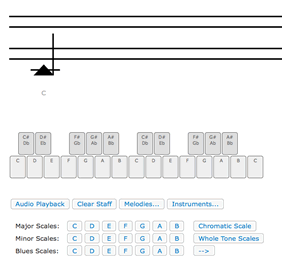LilyPond is a free, open-source, cross-platform music notation application known for generating high-quality musical scores. It can now be used to create sheet music in TwinNote and translate scores from traditional notation into TwinNote.
Needless to say this is a very exciting development!



